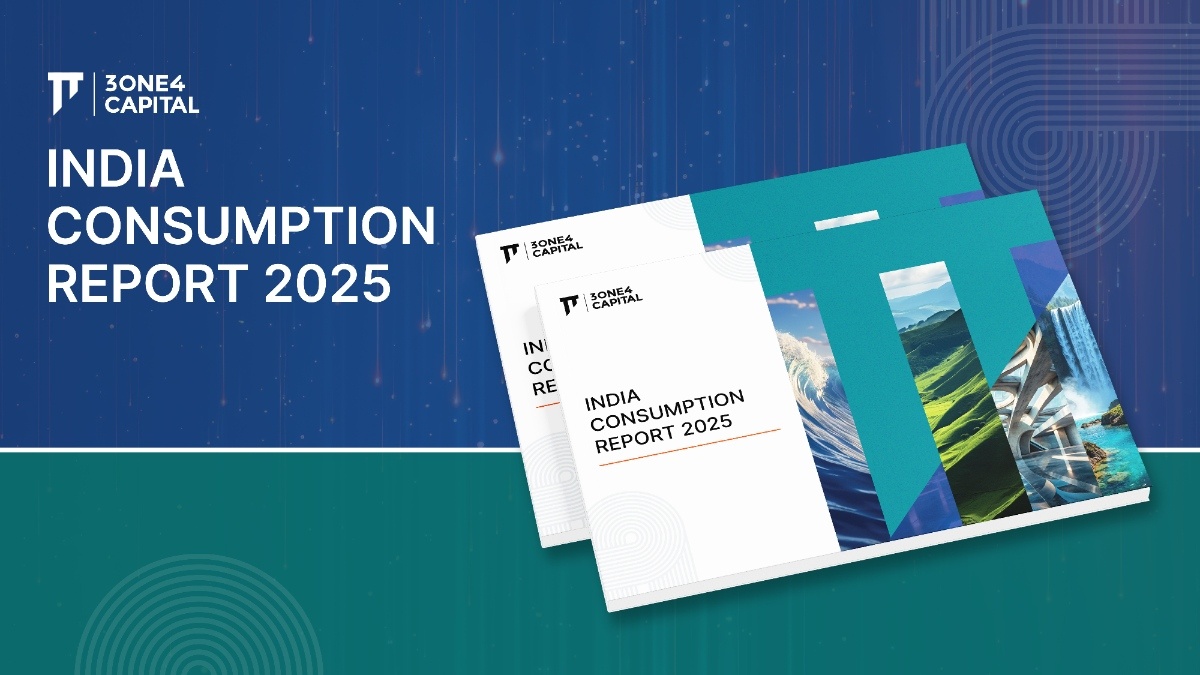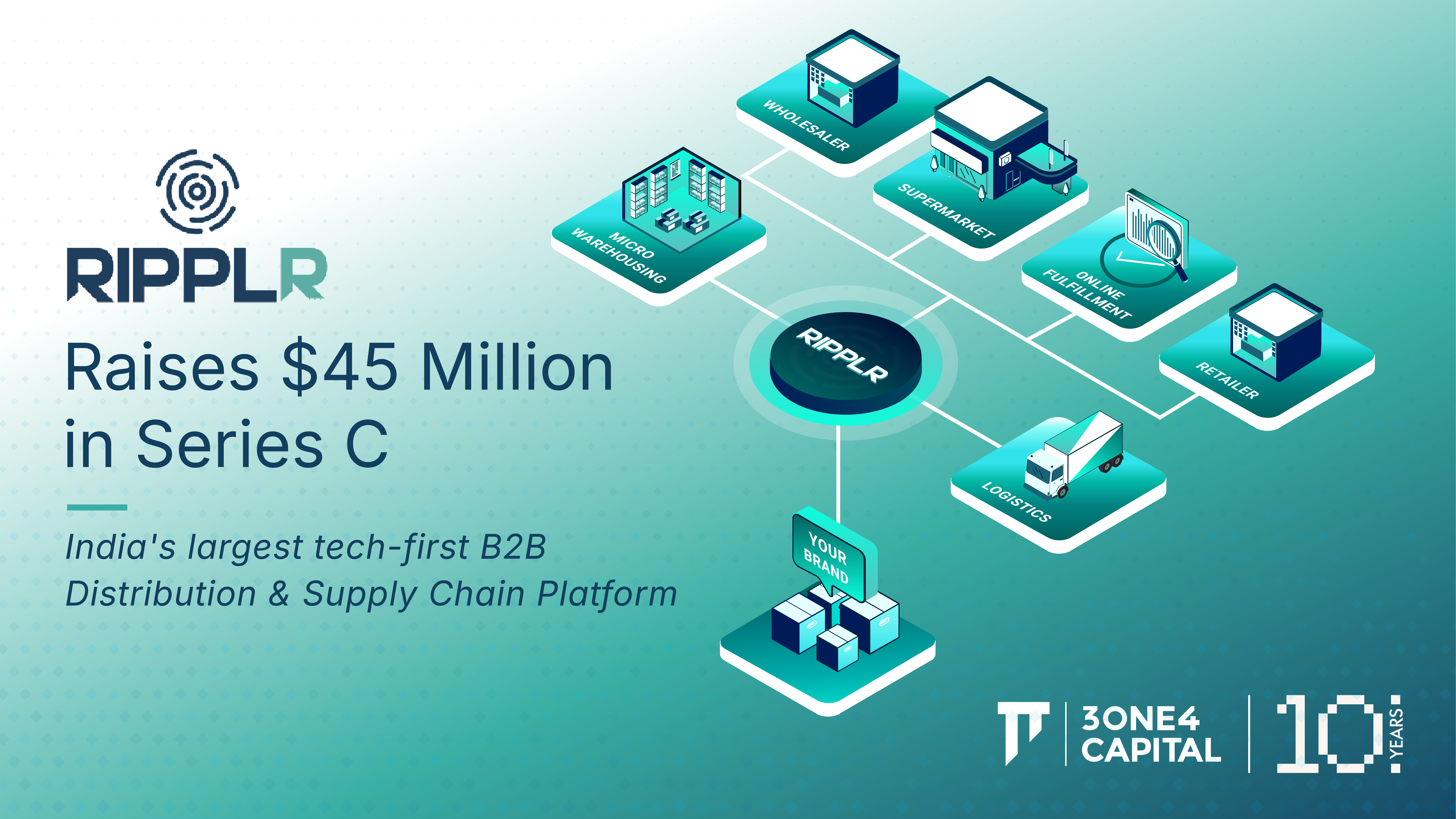
India’s Banking Sector has its Best-Ever Performance over FY 2023
Strong balance sheets, diversified portfolios, cleaned-up NPAs, and sustained demand for credit have helped India’s banks report record-setting profits over this FY.
The top Indian bank stocks have reached historic highs, even as their US and EU counterparts suffer their worst performance since the GFC.
Robust economic activity post the pandemic and recent festive-season spending have helped credit demand in India, feeding both retail and corporate loan growth at the country’s financial institutions. Indian banks have seen their bad loans clear up over the past few quarters as the pandemic abated and loan recoveries improved, boosting their bottom line.


Investments in Technology are a Core Priority Across India’s Leading and Emerging Banks
The profits in aggregate of financial companies in the Nifty 50 swelled to INR 2,10,000 crore in FY23 from INR 45,000 crore in FY18. At a system level, the gross non-performing advances (GNPAs) and net non-performing advances (NNPAs) are at 4.0% and 1.0%, respectively. What is most impressive is that this strong performance over FY23 was achieved despite steep hikes in interest rates by the central bank.
The sustained growth in profitability in India’s banks can also be attributed to factors including the market penetration of Digital Public Goods such as UPI, the digitisation of business activity reducing channel costs, and fintech platforms partnering with the banks to enhance the inclusion of new to credit customers across the country. Digital transactions by value in India have cumulatively reached 80% of the country’s GDP, as per the latest Ministry of Finance reports.
India contributes to over 40% of global digital transactions. Private banks that have invested more heavily in technology will be able to accelerate market share growth at 16% CAGR, as per CLSA.

HDFC Bank - India's First Entry into Top 10 Largest Global Banks
HDFC Bank and HDFC Limited’s merger will create India’s first entry into the world’s 10 largest banks list. The combined market cap of HDFC Bank and HDFC Ltd. will be ~$170 billion (INR 13 lakh crore).
HDFC Bank will be India’s most valuable financial institution and was already the country’s leading bank in terms of market cap. Alongside SBI and ICICI, it is amongst the three systemically important banks of the country. Pre-merger, HDFC Bank’s market cap had already overtaken large global institutions such as Citigroup (USA), Morgan Stanley (USA), China Construction Bank (CHN), Commonwealth Bank (AUS), Mitsubishi UFJ (JPN), Royal Bank of Canada (CAN), Charles Schwab (USA), Goldman Sachs (USA), CM Bank (CHN), BNP Paribas (FRA), UBS (CHE), DBS (SGP), and many othersPost-merger, it will be the 4th most valuable bank globally. At ~$170 billion, it will be more valuable than Wells Fargo (USA), HSBC (UK), and Agricultural Bank of China (CHN). HDFC will also have a serious claim to be included in the list of the world’s systemically important banks.

HDFC’s growth story is a legendary one amongst Indian investors, and the market will celebrate this important milestone. The leadership’s strategy on future growth has been well communicated and is synonymous with the promise of the growing economy, lending support to the high likelihood of its continued progress up the leaderboard from here.


State Bank of India's Record-Breaking Profits in FY23
State Bank of India, India’s largest bank by balance sheet size and the country’s largest public-sector bank, posted its strongest earnings yet over FY23. It reported an 83% YoY jump in net profit of INR 16,694 Cr for the quarter ending Mar 2023. The bank recorded a profit of INR 50,232 Cr for the entire FY23, beating HDFC Bank - the largest private sector bank and the financial institution with the highest profits in the sector previously - for the first time in recent memory. This is also the first time that the annual profit for any bank in India has crossed the INR 50,000 Cr mark.
With record profits, record margins, and a record surge in its market cap, India’s largest bank has redefined the stereotype that it cannot innovate at this scale. It augurs well for the national economy that the country’s largest lender is speaking most confidently about the strength of the current cycle, about new growth areas like renewable energy and indigenous manufacturing, and setting growth targets of 12-14% on the largest balance sheet in the sector.


Axis Bank's Aggressive Expansion
Axis Bank typifies the new aggression in India Inc to set higher standards and achieve them faster through non-linear strategies. Having completed the acquisition of Citibank India’s consumer business in March 2023, the leadership said that the full integration of the acquired business will be completed within 18 months. Axis’ purchase of Citibank India includes its credit cards, retail banking, wealth management and consumer loans divisions, with 2.4 million customers being migrated.
The net interest income (NII) of Axis Bank jumped 33% to INR 11,742 crore in Mar 2023 compared to INR 8,819 crore in Mar 2022. The net interest margin (NIM) stood at 4.22%, up by 0.73% YoY. Total deposits grew 15% YoY, from INR 8.21 lakh crore in Mar 2022 to INR 9.46 lakh crore in Mar 2023. The bank’s gross non-performing assets (GNPA) stood at 2.02%, declining by 0.80% YoY, with its net (NNPA) at 0.39%, declining by 0.34% YoY.
With its strongest results in recent memory supporting this INR 11,600 crore purchase of Citibank India, Axis Bank is preparing for an aggressive growth path while adding to its strengths consistently. It has already breached the top two positions on monthly new credit card acquisitions, with its credit card book size growing by 40% and its cards spend share growing from 11% to 16%. Market share capture is the core focus for the bank, and this systematic approach bodes well for the third-largest private bank in India.


Digital Innovations & Expanded Network Fuels ICICI’s Growth
ICICI Bank recorded a 25.88% YoY growth in its consolidated net income during the last quarter of FY23, with its total deposits growing by 10.9% YoY to $143.7 billion (INR 11.8 lakh crore). The Net NPA ratio declined to 0.48 in Q4FY23 from 0.55 in the previous quarter, with the Gross NPA in Q4FY23 at 2.8%, down from 3.1% the previous quarter. The Net Interest Income (NII) of the bank grew by 40.2% YoY to INR 17,667 crore (4.9%) in Q4FY23, a new record for the bank. The core operating profit grew by 36.4% YoY and set another record for the bank in Q4FY23.
ICICI Bank opened about 300 branches in the first nine months of FY23 and had a network of 5,718 branches and 13,186 ATMs in December 2022. The value of the bank’s merchant-acquiring transactions through UPI grew by 10.6% QoQ and 78% YoY in Q3FY23. The bank had a market share of 30.6% by value in electronic toll collections through FASTag in Q3FY23, with a 22.2% YoY growth in collections.These are staggering numbers at this scale and a record for the bank in the last eight years.
ICICI Bank has been an early adopter of digital tech to alter the chain of experience for its customers fundamentally. It was one of the first Indian banks to launch a dedicated smartphone app in 2008, just over a year after the iPhone’s launch in 2007. More recently, since Dec 2020, ICICI’s app was also the first by a bank to allow customers of any bank to use it for digital transactions.


IDFC First Bank - Record Q4FY23 Profits and Robust NII Growth
An emerging winner in Indian banking, IDFC First Bank reported a strong Q4FY23 with its highest-ever quarterly net profit and robust growth in its net interest income (NII). The bank’s net profit in Q4FY23 grew by 134% to INR 803 crore, which is its highest ever in a quarter. Over FY23, its NII climbed by 30% YoY to INR 12,635 crore versus INR 9,706 crore in FY22. Overall, in FY23, its PAT jumped by an order of magnitude to INR 2,437 crore versus INR 145 crore in FY22.
IDFC First Bank has also aggressively partnered with fintech companies across emerging segments to prioritise an accelerated market share of financial services for the new economy.
Through a partnership with ToneTag for the Central Bank Digital Currency (CBDC), it will enable the acceptance of digital rupees at merchant outlets. The CBDC will be mainly used for retail payments, just like cash. It will be a digital rupee (e ₹-R) signifying legal tender in the form of a digital token,
issued in the same denominations as paper currency and coins, and distributed through banks.
Its partnership with an ONDC accelerator supported by Microsoft also promises acceleration in the emerging e-retail for SMEs segment. ONDC is an initiative by the Indian government to increase e-commerce penetration in India.
IDFC First Bank will offer startups lending solutions for credit and working capital needs. It will also give access to their sandbox environment to access IDFC First via APIs for fintech products. The bank has created banking products for the ONDC network, which will be available to startups through priority channels.
The recently announced merger of affiliate entities will simplify the corporate structure of IDFC Non-Financial Holding Company Limited, IDFC Limited, and IDFC FIRST Bank by consolidating them into a single entity and will help streamline regulatory compliances. With the last of the planned corporate actions in motion, IDFC First Bank is set to deliver on expectations and grow the next emerging winner in Indian private banking.


Shaktikanta Das honoured as 'Governor of the Year' at the Central Banking Awards 2023

The Reserve Bank of India’s Chairman, Shaktikanta Das, has received the 'Governor of the Year' award at London's Central Banking Awards 2023.
'Central Banking' definitively covers and analyses issues around the world’s central banks and financial regulators. The award was conferred following the summer meetings of the organisation in London this year.
In a statement, the event's organisers said that the RBI Governor has cemented critical reforms, overseen world-leading payments innovation and steered India through difficult times with a steady hand and well-crafted turn of phrase.
Das has been a champion of the banking industry in the country and has directed the ecosystem by building consensus for several difficult countermeasures. His tenure has been marked by a series of challenges, starting with the collapse of a major non-bank firm, moving through the first and second waves of the coronavirus, and then, in 2022, Russia’s invasion of Ukraine and its inflationary impact.

The Governor has also overseen several important announcements that promise continued reforms and support for innovation. The RBI has set up a new fintech department and several consultative committees to calibrate policy that supports indigenous innovation. Indian digital payment systems like the Unified Payments Interface (UPI) and RuPay are steadily becoming globally attractive amid measures to enable seamless cross-border transactions. This is lowering the cost of fund transfers and remittance payments.
Overseas markets that will accept UPI payments include Singapore, Malaysia, UAE, France, Saudi Arabia, Bahrain, Oman, BENELUX countries, Maldives, Bhutan, Nepal, and the UK. The Government has signed memoranda of understanding (MoUs) with 13 countries that want to adopt the UPI interface for digital payments, and Singapore has completed its UPI integration.
NPCI data reveals that approximately 74 billion UPI transactions worth INR 125.94 trillion were conducted in the calendar year 2022. This signifies a nearly 90% growth in transactions and a 76% increase in the average transaction value compared to the previous year. December 2022 witnessed a record-breaking 7.82 billion UPI transactions, amounting to INR 12.82 trillion.
RBI data indicates that UPI transactions reached a total of INR 139.2 trillion in FY 2022-23, accounting for around 73% of all non-cash transactions in India during 2022. According to a report by PwC, daily UPI transactions are projected to reach 1 billion by FY 2026-27, representing approximately 90% of all non-cash transactions.


.webp)












